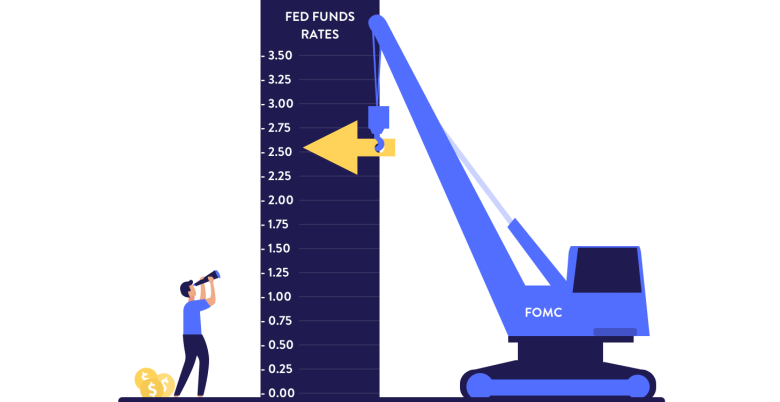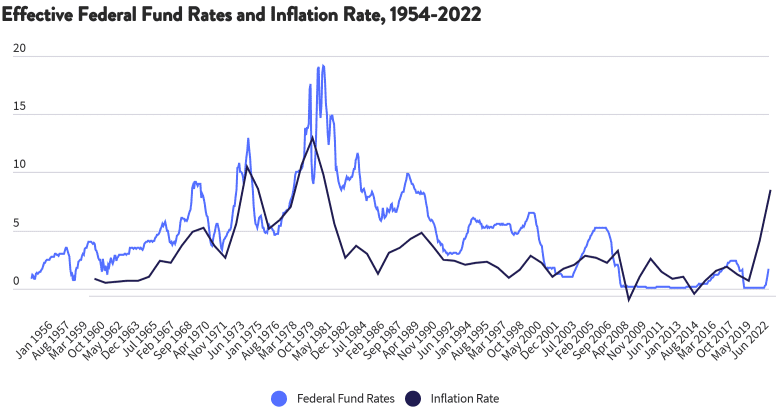Freelance Web Content Editor
Aliha believes that knowledge is power. Her desire is to help others who grew up with socioeconomic disadvantages, like herself, learn financial literacy, avoid predatory lending and build toward generational wealth.
As a freelance web content editor, she’s empowered to use her creative background and technical strengths to craft informative content. Aliha is a graduate of Seattle Pacific University, where she studied English literature and creative writing. She had the privilege of studying at the University of Salamanca in Spain during her college career, where she developed an appreciation for global perspectives, language and culture. She has over three years of experience as a legal assistant with Davis Wright Tremaine LLP in the Real Estate and Litigation practice groups.
In her personal time, she enjoys living in sunny California and serving the homeless community.













































